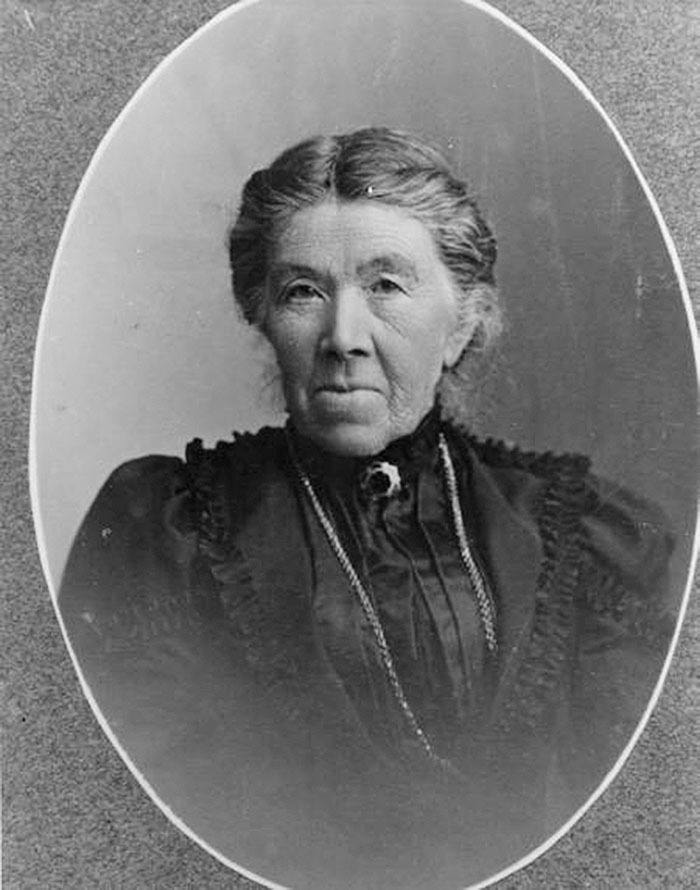Your family tree is shaping up nicely. You’ve traced your father’s ancestors back eight generations, and your genealogy binder is bulging with photos, newspaper clippings, wills, military records, and even a lock of your great grandmother’s hair.
And then you begin on your mother’s side of the tree, but before you even log into the ancestry website, your grandfather informs you that he was adopted.
So now what? Do you keep your focus on his adopted history for which there is no blood connection, or do you track down his biological past? Or do you include both and really clutter up the family tree? If you’re aim is accuracy, it’s hard to justify leaving anyone out, but there are no hard and fast rules.
Finding an adopted person’s roots is no easy task, and if your search involves people who are still alive, you have to respect the wishes of the individuals concerned. Their right to privacy trumps your desire to solve the puzzle, so you may be done before you begin.
Beyond that, it’s like looking for a needle in a haystack. Depending on when and where the adoption took place, you may be foiled at every turn. In the mid-twentieth century when privacy was paramount, adoption records were sealed. Often alternate birth certificates were issued, naming only the adoptive parents. Place and date of birth might be changed too. In the U.S., because each state controls their own adoption laws, you need to familiarize yourself accordingly and contact the appropriate authorities.
In Canada and the U.K., adoptions prior to 1929 were private affairs, so there will likely be no legal documentation. In large families, children were often farmed out to aunts or cousins.
A child born out of wedlock might be adopted by the biological mother’s sister or mother. Orphans or the very poor were the responsibility of the community and might be put into the care of farmers or storekeepers who would put the child to work while seeing to his or her physical needs.
But these things weren’t generally documented, so genealogists need to be creative and look beneath some rocks. Diaries, letters, and wills can all provide clues. A census may show a child with a different surname than the other members of the household. Hospital and baptismal records may show illegitimate births. Juvenile court records, poor farm records, orphanage resident lists, and charity case files may provide missing information. Legal files may contain guardianship agreements. Any clue is worth pursuing, because you just never know when the pieces will come together.
For an extensive list of websites to help you in your adoption search see www.cyndislist.com/adoption/general/”http://www.cyndislist.com/adoption/general/.
